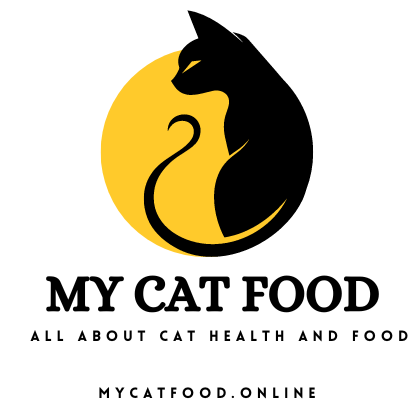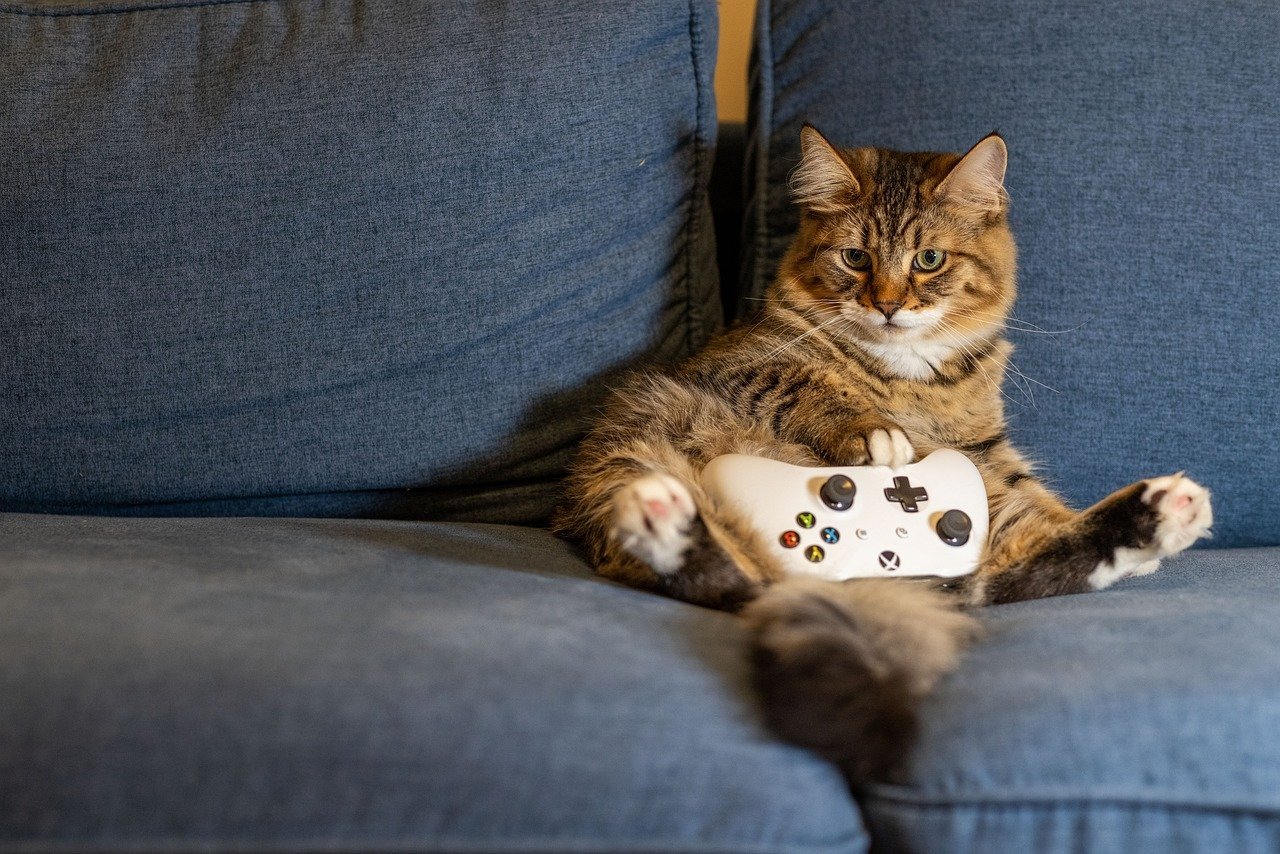Preface
Comprehensive Guide to Cat Health pussycats are more than just faves; they’re cherished members of the family. Their health and well-being are consummate for a happy and fulfilling relationship. Understanding common nimble conditions and how to manage them is pivotal for every cat proprietor. This expansive companion covers essential aspects of cat health, common conditions, preventative measures, and treatment options, furnishing you with the knowledge demanded to keep your nimble friend in the most stylish possible condition.

1. Understanding Cat Health
1.1. Significance of Regular Veterinary Check-ups
Regular veterinary visits are the foundation of cat health. They allow for early discovery of implicit health issues before they become serious. During these check-ups, the veterinarian will conduct a physical examination, update vaccinations, and give advice on preventative care. Regular dental check-ups are also pivotal, as dental health significantly impacts overall well-being.
1.2. Balanced Nutrition
Proper nutrition is essential to maintaining a cat’s health. pussycats bear a balanced diet rich in proteins, fats, vitamins, and minerals. High-quality, marketable cat foods are formulated to meet these nutritive requirements. Wet food can be particularly salutary as it contributes to hydration. It’s important to choose a food applicable for your cat’s age, health status, and exertion position.
1.3 Hydration and Its significance
Hydration is vital for nimble health. pussycats have a low thirst drive compared to other creatures, making them more susceptible to dehumidification. icing access to fresh water at all times is pivotal. Wet food can help increase fluid input and help conditions like urinary tract infections and order complaint.
2. Common Cat conditions
2.1. Upper Respiratory Infections( URIs)
Upper respiratory infections are current among pussycats, particularly inmulti-cat homes or harbors. These infections are frequently caused by contagions similar as nimble herpesvirus or calicivirus, and occasionally by bacteria. Symptoms include sneezing, nasal discharge, watery eyes, and coughing. Treatment generally involves probative care, including keeping the cat doused and comfortable. In severe cases, antibiotics or antiviral specifics may be specified.
2.2. Nimble Diabetes Mellitus
nimble diabetes is a condition where a cat’s body does n’t duly regulate blood sugar situations. This can affect from inadequate insulin product or the body’s incapability to use insulin effectively. Common symptoms include inordinate thirst, frequent urination, weight loss, and increased appetite. Managing diabetes involves salutary changes, insulin injections, and regular monitoring of blood glucose situations. Early opinion and harmonious operation are crucial to perfecting your cat’s quality of life.
2.3.Nimble order Disease
habitual order complaint( CKD) is a common condition in aged pussycats where the feathers gradationally lose their function. Symptoms may include increased thirst and urination, weight loss, puking, and poor fleece condition. Managing CKD involves salutary changes( similar as a low- protein, low- phosphorus diet), specifics, and in some cases, subcutaneous fluids to support order function. Regular veterinary check- ups are essential for covering the complaint’s progression.
2.4 Dental Disease
Dental complaint is wide among pussycats and can lead to serious health issues if left undressed. Signs of dental complaint include bad breath, difficulty eating, red or blown epoxies, and loose teeth. Regular dental cleanings and good oral hygiene practices, similar as brushing your cat’s teeth, can help help dental problems. In advanced cases, professional dental treatment may be needed.
2.5.Nimble Leukemia Contagion( FeLV)
FeLV is a viral infection that affects a cat’s vulnerable system and can lead to cancer and other severe health issues. It’s transmitted through close contact, similar as fixing or participating food and water. Symptoms include weight loss, anemia, intermittent infections, and languor. While there’s no cure for FeLV, probative care can ameliorate the quality of life. preventative measures include keeping FeLV-positive pussycats insulated and icing all pussycats are tested and vaccinated.
2.6. Puss Immunodeficiency Virus( FIV)
FIV is a retrovirus that weakens the vulnerable system, making pussycats more susceptible to infections and conditions. It’s primarily transmitted through bite injuries. Symptoms can be vague and include weight loss, intermittent infections, and dental complaint. There’s no cure for FIV, but probative care, including a balanced diet and regular veterinary visits, can help manage the complaint and maintain quality of life.
2.7 Spongers
spongers similar as fleas, ticks, and worms are common and can beget colorful health issues. Fleas can lead to itching and skin infections, while ticks can transmit conditions similar as Lyme complaint. Internal spongers like roundworms and hookworms can beget gastrointestinal problems. Regular sponger forestallment and treatment are essential to keep your cat healthy. Consult your veterinarian for applicable sponger control products.
3. preventative Measures
3.1 Vaccinations
Vaccinations are critical for precluding several serious nimble conditions. Core vaccines for pussycats include those against nimble viral rhinotracheitis( herpesvirus), calicivirus, and panleukopenia. Depending on your cat’s life and threat factors, your warhorse may recommend fresh vaccines, similar as those for nimble leukemia contagion( FeLV) or nimble immunodeficiency contagion( FIV).
3.2 Regular Check- ups and Wireworks
Routine veterinary visits help in the early discovery of health issues. Regular wireworks, including blood tests and urine analysis, can identify underpinning problems before they come severe. Maintaining a schedule for check- ups is essential for overall health operation.
3.3 Good Hygiene and Environment
Maintaining a clean terrain is vital for precluding conditions. Regularly clean waste boxes, insure fresh water is always available, and keep your cat’s living area free of spongers. Proper grooming and maintaining a clean fleece can also help skin infections and other issues.
3.4 Spaying and Neutering
Spaying and neutering not only help control the cat population but also help certain health issues. For illustration, spaying womanish pussycats eliminates the threat of ovarian and uterine cancers, while neutering manly pussycats reduces the threat of testicular cancer and certain behavioral problems.
4. Treatment and operation
4.1.drug and Supplements
Depending on the complaint, colorful specifics and supplements may be needed. Antibiotics are used to treat bacterial infections, while antifungals are used for fungal infections. Supplements like omega- 3 adipose acids can support common health and overall well- being. Always follow your veterinarian’s instructions regarding drug and supplement use.
4.2. Special Diets
Certain health conditions bear technical diets. For illustration, pussycats with order complaint may need a low- protein diet, while those with diabetes may profit from high- fiber foods. Consult your veterinarian to determine the most applicable diet for your cat’s specific health requirements.
4.3. Indispensable curatives
Indispensable curatives, similar as acupuncture or herbal treatments, can round traditional treatments. still, it’s pivotal to consult with your veterinarian before starting any indispensable curatives to insure they’re safe and applicable for your cat.
5. Conclusion
Understanding and managing cat health and common conditions are essential for icing a long, healthy life for your nimble companion. Regular veterinary check- ups, proper nutrition, hydration, and preventative measures play a significant part in maintaining your cat’s well- being. By staying informed and visionary, you can give the stylish care and enhance your cat’s quality of life.
Comprehensive Guide to Cat Health
Comprehensive Guide to Cat Health

